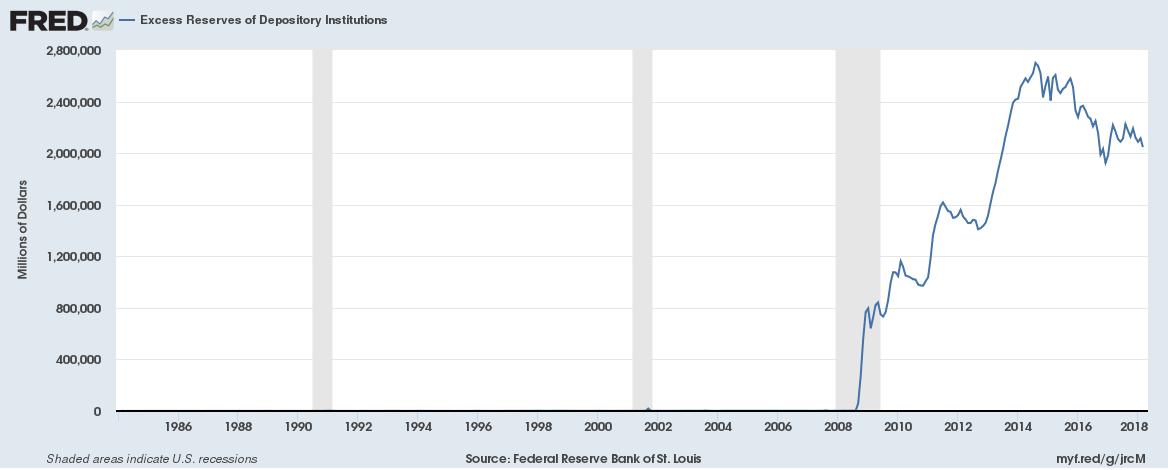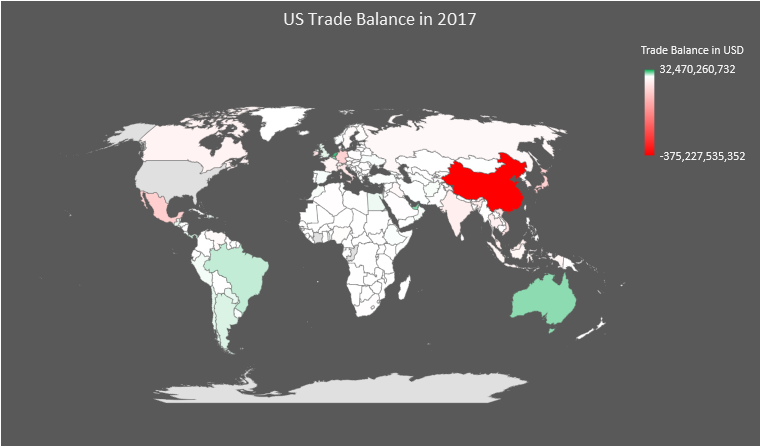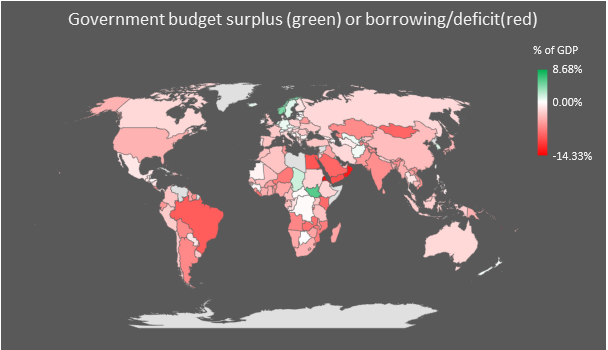The European Central Bank (ECB) has asked Deutsche Bank to estimate the costs of winding down its trading operations. Apparently Deutsche Bank is the first bank that has been asked to run this exercise, but others may follow.
How complex is Deutsche Bank? Continue reading “ECB asks Deutsche Bank to estimate the cost of winding down its investment bank; Spain’s sovereign debt upgrade; Canadian bond yields rising most amongst the G20”



